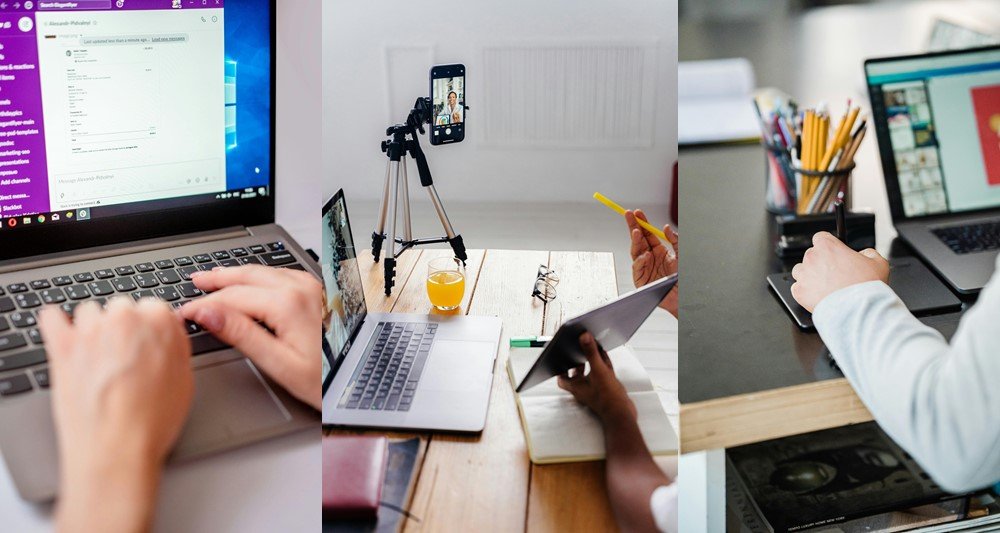What Is the Future of Work and How Are Remote Collaboration Tools Shaping It?
As the workplace continues to evolve, remote work has become a significant aspect of modern employment. But what does the future of work look like, and how are remote collaboration tools influencing this transformation?
The Rise of Remote Work
Over the past few years, the shift towards remote work has accelerated dramatically. Factors such as technological advancements, changing employee expectations, and global events have all contributed to this trend. According to recent studies, a significant percentage of employees now prefer hybrid work models that combine both remote and in-office experiences. This preference highlights the need for effective collaboration tools that facilitate seamless communication and productivity across distributed teams.
Key Remote Collaboration Tools
Video Conferencing Software: Video conferencing tools like Zoom, Microsoft Teams, and Google Meet have become essential for virtual meetings. These platforms enable face-to-face interactions regardless of geographical location. Furthermore, they often include features such as screen sharing and recording capabilities, enhancing collaboration during discussions.
Project Management Platforms: Tools like Asana, Trello, and ClickUp help teams manage projects efficiently. These platforms provide a centralized space for task assignments, progress tracking, and deadline management. By organizing workflows visually, team members can easily see their responsibilities and stay aligned on project goals.
Communication Apps: Instant messaging platforms such as Slack and Microsoft Teams facilitate real-time communication among team members. These tools allow for quick exchanges of ideas and updates, reducing the need for lengthy email threads. Additionally, they often integrate with other applications to streamline workflows further.
Document Collaboration Tools: Cloud-based solutions like Google Workspace and Microsoft 365 enable teams to collaborate on documents in real time. Multiple users can edit files simultaneously while leaving comments for feedback. This capability enhances productivity by eliminating version control issues and ensuring everyone has access to the latest information.
Virtual Whiteboards: Platforms like Miro and MURAL provide interactive spaces for brainstorming and visual collaboration. These tools allow teams to create diagrams, flowcharts, and mind maps collectively. As a result, they foster creativity and engagement during remote meetings.
The Role of AI in Remote Collaboration
Artificial intelligence (AI) is increasingly playing a role in enhancing remote collaboration tools. For instance, AI-driven features can automate repetitive tasks such as scheduling meetings or summarizing discussions. Moreover, AI can analyze team interactions to provide insights into productivity patterns or suggest improvements for better collaboration.
Challenges of Remote Collaboration
Despite the advantages of remote collaboration tools, several challenges persist:
Communication Barriers: Misunderstandings can arise in virtual environments due to the lack of non-verbal cues.
Data Security: Protecting sensitive information becomes more complex when teams use multiple online platforms.
Work-Life Balance: The blurring of boundaries between work and personal life can lead to burnout if not managed properly.
Conclusion
The future of work is undoubtedly intertwined with remote collaboration tools that enhance productivity and connectivity among distributed teams. As organizations continue to adapt to this new landscape, embracing these technologies will be crucial for success. By leveraging effective collaboration tools and addressing associated challenges, companies can create a more flexible and innovative work environment.




